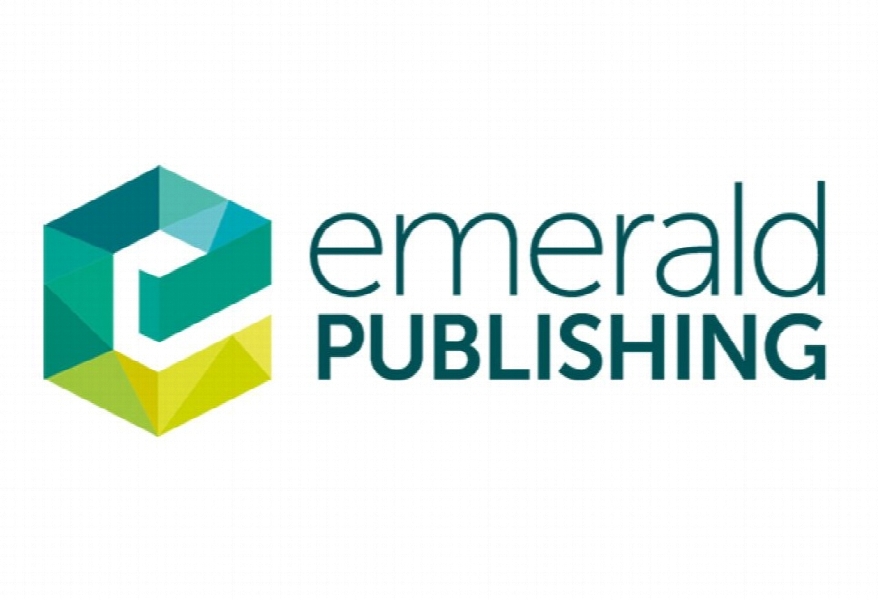بررسی تمایل به انتخاب اینترنت اشیا در محصولات فن آوری بهداشت و درمان Examining intention to adopt to internet of things in healthcare technology products
- نوع فایل : کتاب
- زبان : انگلیسی
- ناشر : Emerald
- چاپ و سال / کشور: 2018
توضیحات
رشته های مرتبط مهندسی فناوری اطلاعات
گرایش های مرتبط اینترنت و شبکه های گسترده
مجله Kybernetes
دانشگاه Department of Software Engineering – Bahcesehir Universitesi – Turkey
شناسه دیجیتال – doi https://doi.org/10.1108/K-02-2017-0045
منتشر شده در نشریه امرالد
کلمات کلیدی انگلیسی Healthcare, Internet of things, Technology acceptance model, Adoption intention, Innovation diffusion theory, Partial least square-structural equation model, Technological innovativeness, Protection motivation theory, Privacy calculus theory
گرایش های مرتبط اینترنت و شبکه های گسترده
مجله Kybernetes
دانشگاه Department of Software Engineering – Bahcesehir Universitesi – Turkey
شناسه دیجیتال – doi https://doi.org/10.1108/K-02-2017-0045
منتشر شده در نشریه امرالد
کلمات کلیدی انگلیسی Healthcare, Internet of things, Technology acceptance model, Adoption intention, Innovation diffusion theory, Partial least square-structural equation model, Technological innovativeness, Protection motivation theory, Privacy calculus theory
Description
1. Introduction We hope for high quality healthcare services with low costs in our lifetime. Internet of Things (IoT) has the power to make this real. More sensor devices mean more patient monitoring for chronic issues, and more patient monitoring means fewer checkups and unnecessary appointments, all resulting in cost reduction. Early diagnoses and early interventions can be supported with IoT technologies to enhance the identification of the nature of an illness or other problems by examination of the symptoms. After the invention of the internet, IoT is expected to be the next pivotal digital revolution. IDC (2017) predicted that IoT-covered smart wearable devices will grow by 250 per cent in 2019. It means that digital revolution will be supported by IoT especially in healthcare products This study focuses on adopting the intention of IoT healthcare products. Technology acceptance model was chosen to identify the mobile users’ adoption intention of any emerging technology. Also, technological innovativeness was used to evaluate the individual’s adoption to an innovation. An innovation diffuses via communication channels over time among the members of a social system. Thus, innovation diffusion theory was adopted to evaluate this impact on IoT-enabled healthcare products. For identifying the “threat and coping” of the innovation for individuals, protection motivation theory was taken into account, and privacy calculus theory was adopted to present anticipated benefits and perceived risks which affect an individual’s decision to share information with others. ITU report (2005) says that IoT is described as network connectivity between people and things from anywhere, anytime by anyone. IoT is the connectivity of everything (even dust) through wireless technologies by assigning an internet address to every single thing. First generation of IoT (RFID and Sensors) starts with the tagged objects in EPCglobal, machine to machine (M2M) in oneM2M standard, and integration RFID with Wireless Sensor Networks (WSN). The second generation (Web Services and Internetworking) covers Internetworking with IETF 6LoWPAN, ROLL RPL, IEEE 802.15.4 standards, Web of Things with IETF CoAP, OASIS DPWS standards and Social Networks. Social Internet of Things, Semantic (W3C, SSN), Future Internet (IETF ICNRG), Cloud and RFID-IoT integration are constructs of the third generation (Social, Cloud and ICN) of the IoT (Atzori et al., 2017). Nowadays, IoT developments are actualized and accelerated almost in every area of life and industry. IoT is efficient, accurate and effective in operations. For instance; a parking application was developed to share timely information and reduce waiting time for parking via smart sensors in San Francisco (Cosgrave et al., 2013). We will discuss in this article the application of IoT in healthcare field. IoT plays a significant role in healthcare sector from managing to preventing chronic disease. An IoTbased healthcare system provides network connectivity between all available resources to perform healthcare activities such as remote surgeries over Internet, diagnosing and monitoring (Tarouco et al., 2012). In health and wellbeing, the main contribution of the IoT includes monitoring people’s health and quality of life by features such as pervasivity, transparency, wearability and security (Atzori et al., 2017).


